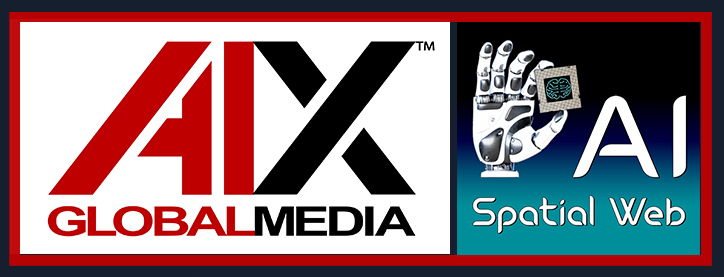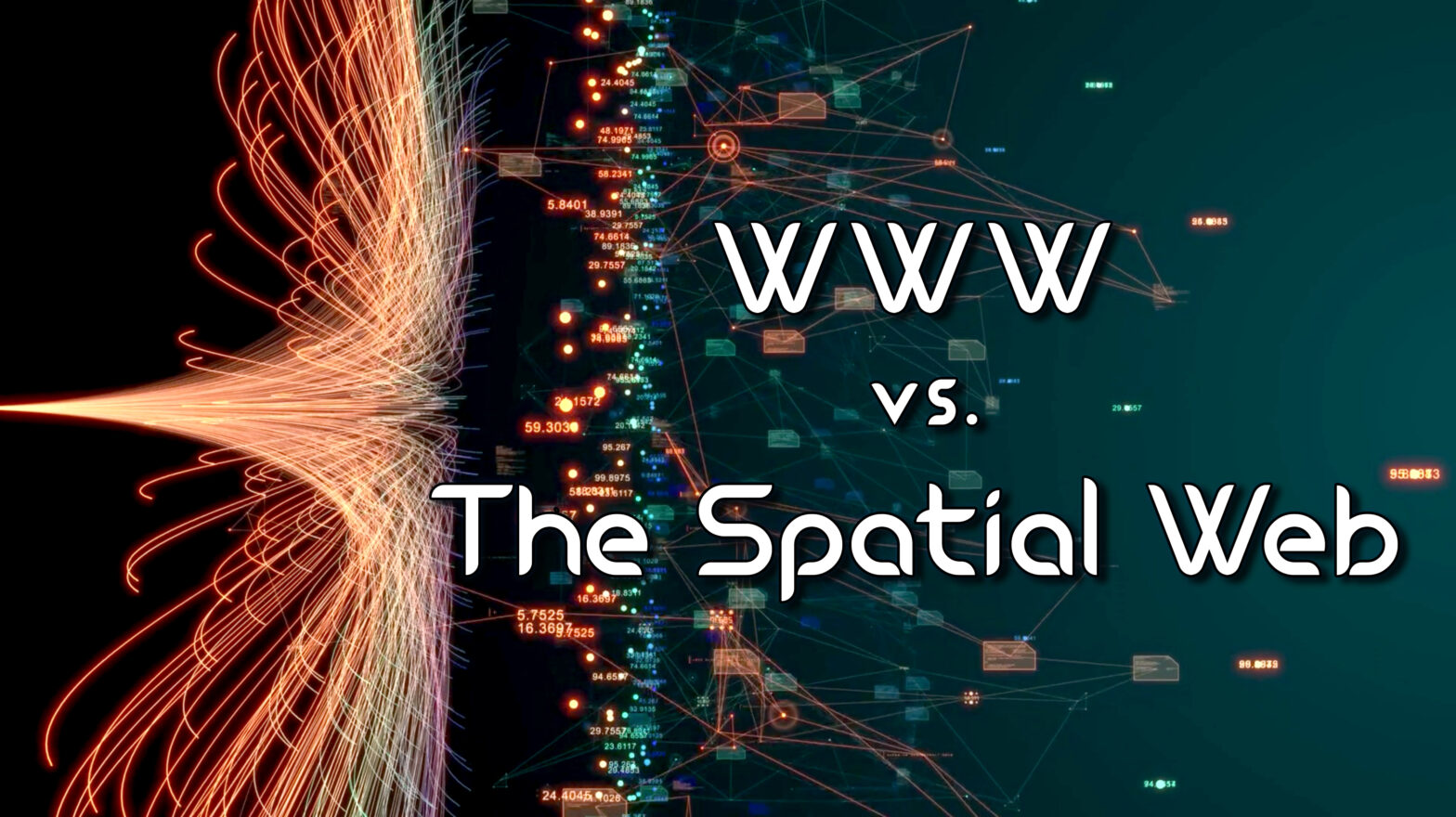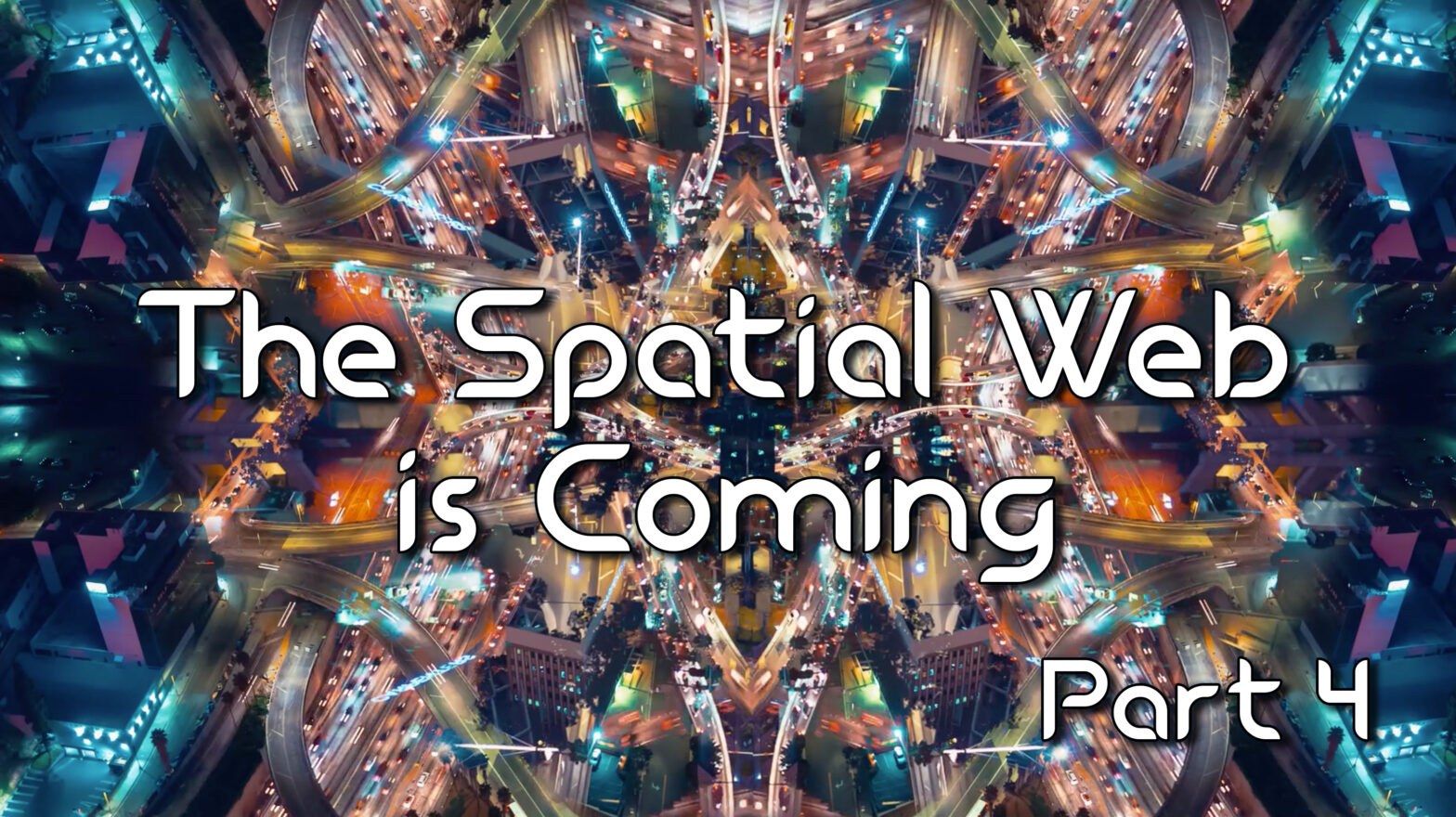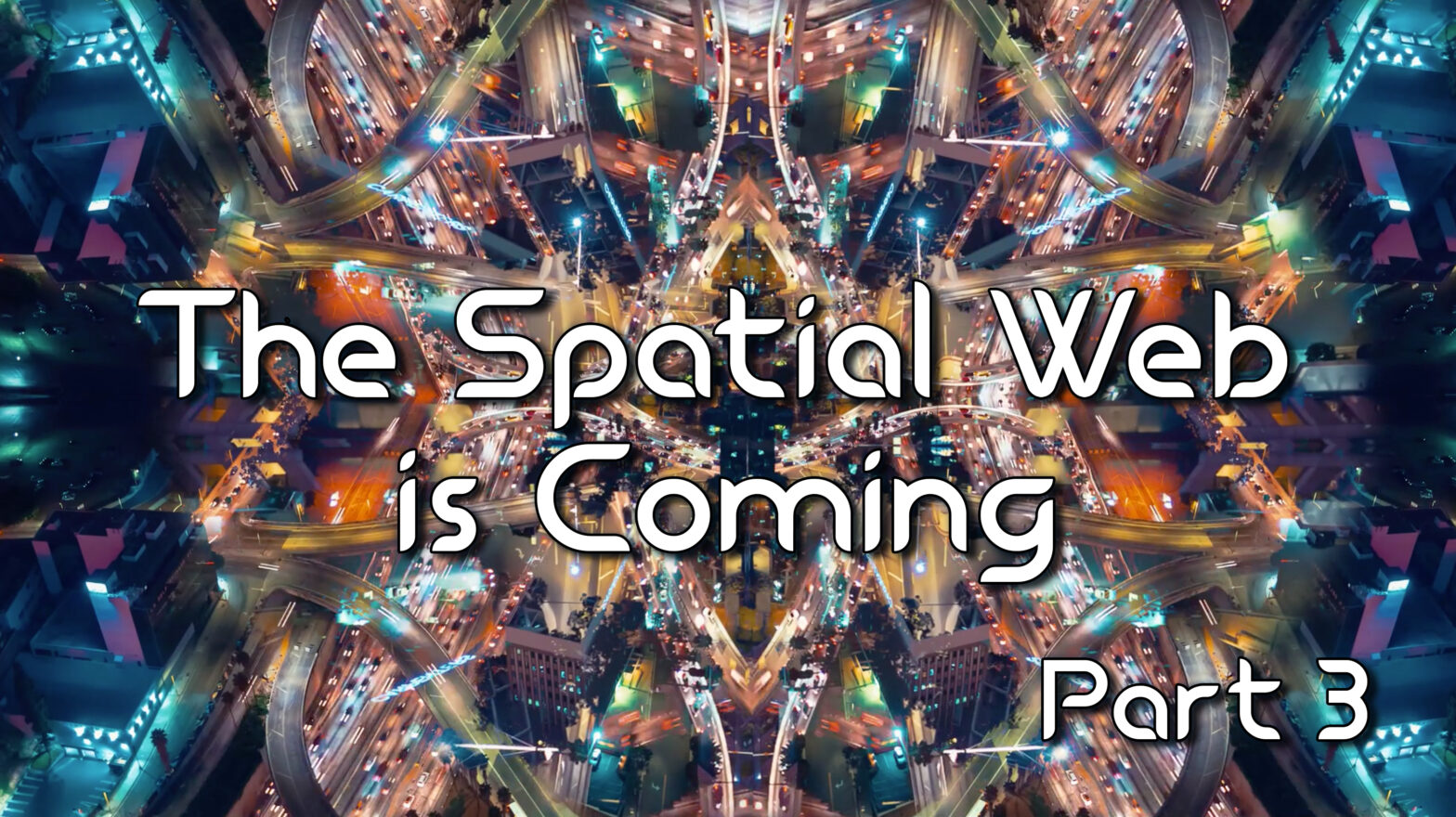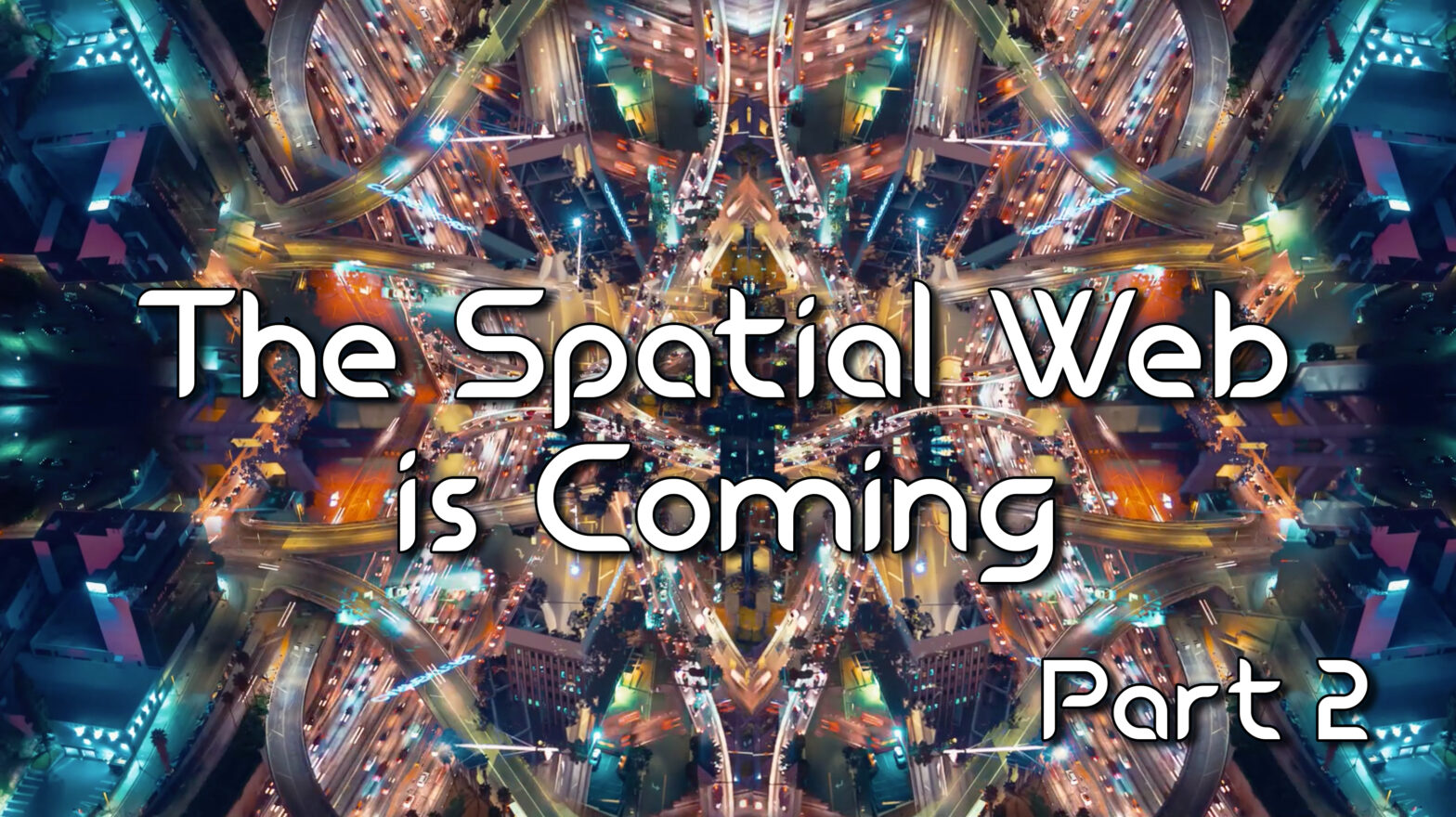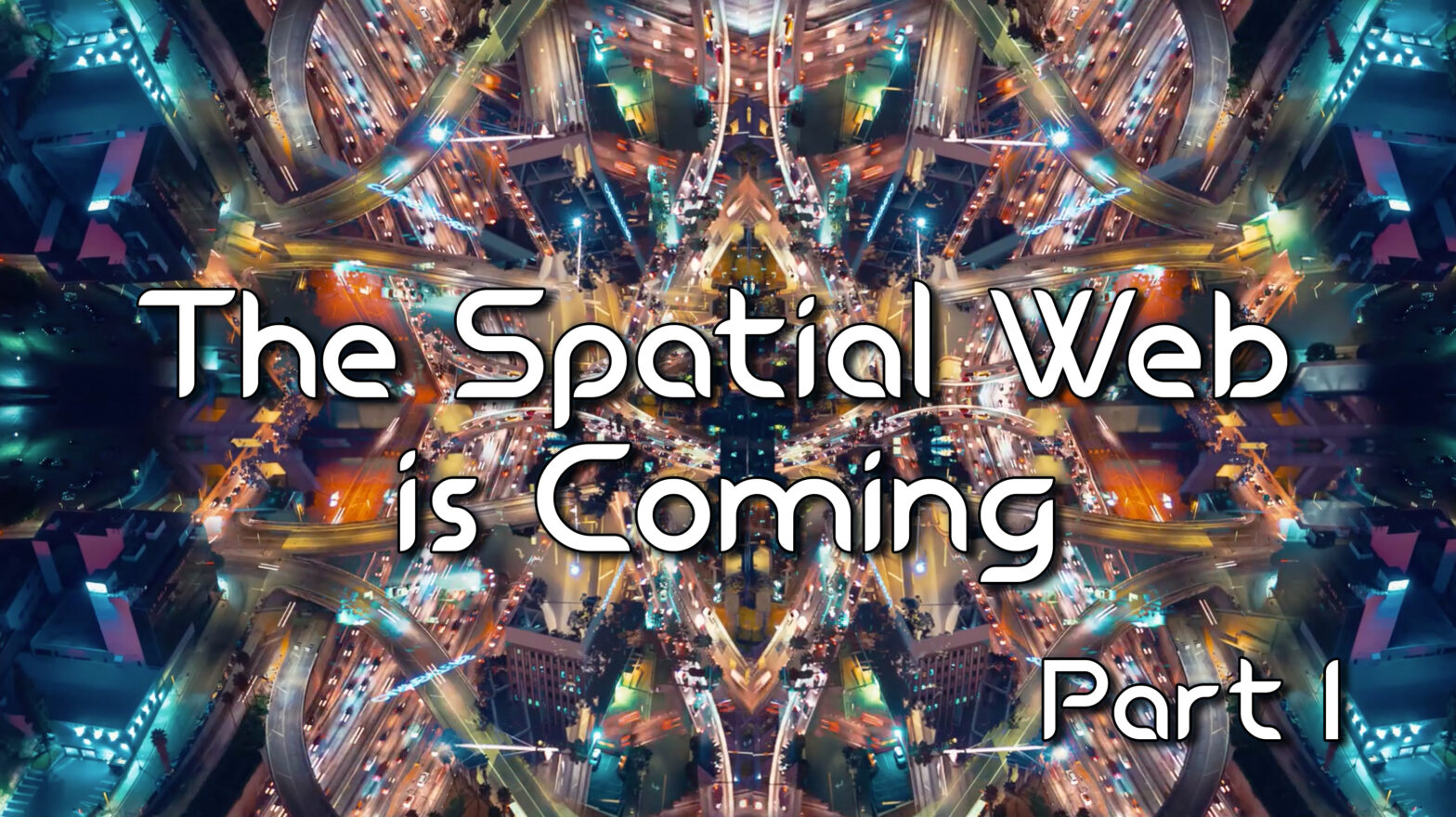The new Spatial Web Protocol and programming language, HSTP (Hyperspace Transaction Protocol) and HSML (Hyperspace Modeling Language), are necessary to take us from static web pages, to stateful interaction within 3D spatial environments.
Month: October 2022
The Spatial Web is Coming: Part 4 -The Network of Everything
the Economy of Everything, must be on a common network. Websites will evolve to include web worlds networked with nested entities of people, places, and things, both real and virtual. All of this will be searchable and accessible through AI.
The Spatial Web is Coming: Part 3 – Smart Tech in the Spatial Web
VERSES AI, a next-gen AI company that is literally laying the foundation for the Spatial Web Protocol by establishing and defining an entirely new computing technology stack comprised of three tiers: Interface, Logic & Data.
The Spatial Web is Coming: Part 2 – What are Smart Technologies?
What we really need to be building toward is a blending of virtual and physical worlds using cognitive and distributed technologies. Undeniably, there are specific Smart Technologies that will be crucial to the architecture of this networked Web 3.0 experience.
The Spatial Web is Coming: Part 1 – Is Big Tech Ready for Web 3.0?
What is the biggest problem facing emerging technology today, and how do technology companies prepare for the Spatial Web?
